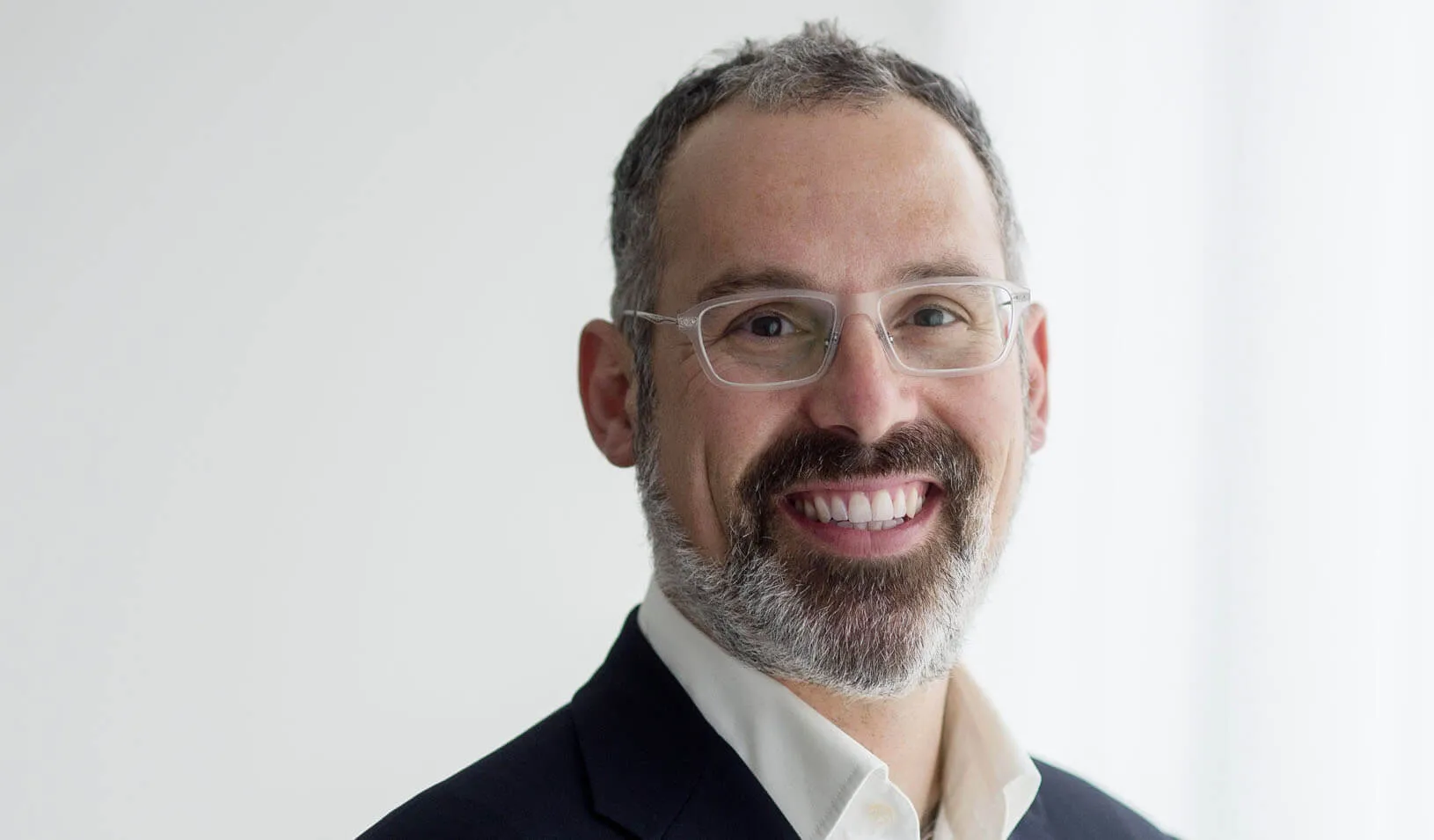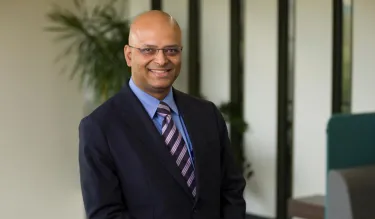Leveraging AI in Business: Exploring Opportunities and Weighing Perspectives
A conversation with Oz Ozturk about his career and experience in Harnessing AI for Breakthrough Innovation and Strategic Impact
February 03, 2023

Oz Ozturk is charged with building and driving technology strategy for go-to-market solutions for the global consulting firm PwC. He attended Stanford’s Harnessing AI for Breakthrough Innovation and Strategic Impact program (AIP) to hear the latest research and insights on artificial intelligence (AI) applications from an interdisciplinary faculty team and to delve deeper into the opportunities for using AI technology to transform and grow business.
What made you decide to attend AIP?
It’s quite easy to get myopic about your own strategy and point of view. I always find it healthy to get an external perspective. Having attended a previous Stanford Executive Education program, I know that Stanford always attracts an interesting cadre of students so you get perspectives from others in the course besides your professors – I knew I’d come back with some perspectives on how we could apply AI within our business. Plus, coming from England, I do enjoy the sunny weather!
What were some of your takeaways about the use of AI to drive business strategy and innovation?
There’s a common misconception that organizations need an army of data scientists. But, if you can’t get the data or can’t annotate it, data scientists are worthless. Investing more into driving data acquisition and annotation is going to give your AI models a lot more accuracy. Another takeaway was the value of open source technology, which can be applied freely. It’s not about the tech itself, but how you apply it.
You work on go-to-market solutions for clients; did anything you learned help you specifically with that?
Absolutely. I think the best example for us is how we approach our data analytics capability, AI, and machine learning (ML) capability. It’s currently very fragmented with different teams doing different things with various technologies. And sometimes we fall into the trap of coming out with cool tech before actually asking how we could apply it to a given industry or identifying a proposition to drive value for a business or sector. I presented our board with recommendations on reorganizing ourselves around data, AI, and ML after I returned from the program.
This program has a strong interdisciplinary approach, with faculty from business, engineering, law, medicine, and the school of humanities and science. How important was this to understanding the bigger picture of AI and its utilities for the future?
There is a danger of [approaching the topic by] doing a deep dive into tech and theory and losing perspective. You can learn the tech behind AI but it’s really the application that’s important. This course brought to life various applications as well as things like ethics, legal considerations, and more. In a business like mine, you can’t just approach a topic from one angle. Our clients look to us to provide advice and inform them of what they need to consider with various applications of tech. So Stanford’s approach works really well.
Was there a faculty session that really stood out for you?
Professor Christopher Manning’s session on “Natural Language Processing Overview” was fantastic. He gave us the technical structure behind how it [machines reading and interpreting human language] works. It’s a pervasive technology that we are all used to, but understanding how it was developed and how it’s being improved was fascinating. It’s good to understand the guts of it – the different building blocks that make it what it is.
You recently oversaw publication of a detailed report for your company on “frictionless retail: the future of shopping,” which received 20,000 hits in one week. How did AIP impact your thoughts for that work?
It was something I was already thinking about, but I didn’t quite know how to structure it or what to prioritize as the key messages. The program helped a great deal in that. I’ve been working in the retail and consumer sector for 25 years now and I wanted to just put what I know on paper. I was quite happy that it worked out and has been well received.
Learn More About This Program
Harnessing AI for Breakthrough Innovation and Strategic Impact
Explore More Participant Spotlights
Breaking New Ground for the Future of Farming

Executive Lays the Groundwork to Becoming a Chief Operating Officer

Critical Care Specialist Reimagines Health Care in a Post-Pandemic Era
